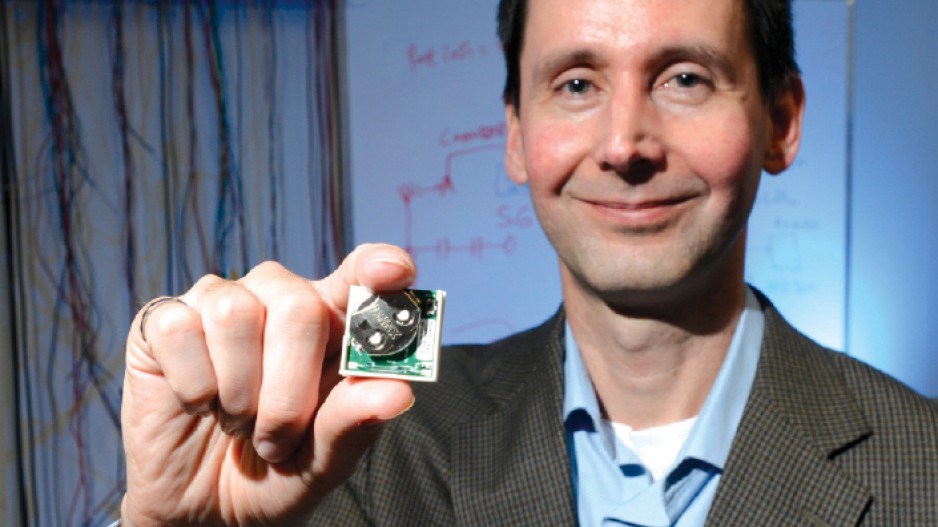One day soon, when you are buying a home cable-phone-Internet bundle from your provider, you will also be offered home security as part of the package.
Rogers Communications Inc. (TSX:RCI) already offers home security in Eastern Canada. It’s one of a number of North American cable companies moving into the home security market as part of a growing home automation trend.
And now Burnaby-based NYCE Control has developed wireless sensors that promise to become an important component of that market, estimated to be worth $60 billion by 2017, according to Juniper Research.
Just three years old, NYCE had $1 million in sales since May 2012 and employs 15 people.
“We see us growing to be in a $60 million company range within the next five years,” said NYCE CEO Doug Fast. “As the Internet of things starts to push out, to do that you need sensors, (and) we are providing the sensors.”
Thanks to the growth of wireless, the cloud and machine-to-machine communication (the “Internet of things” Fast is referring to), cable companies can now offer home security and home monitoring with their phone-Internet-TV bundles for reasonable prices.
“Nowadays, the cable operators – Comcast, Rogers, other major players – need to find a way to get more subscribers to keep them connected, so they’re now bundling home security, along with your TV and your voice,” Fast said.
But the sensors used in traditional home security systems don’t speak ZigBee – a two-way wireless radio signal similar to WiFi, but used for low-energy purposes – so they can’t communicate with cable modems. The NYCE sensors communicate with ZigBee.
The tiny, battery-powered wireless sensors – which cost $60 to $80 each – can easily attach to doors, windows or walls. When they sense movement, they transmit a signal to the cable modem.
Connected to lights in a home or office building, NYCE sensors can be used to automatically turn lights on and off when you walk into a room to reduce energy consumption.
But it is home security offered through broadband cable companies where NYCE sees its biggest market (see sidebar).
Currently, only 3% of homes in North America have home automation systems. The growth of smartphones, cloud-based interfaces and broadband cable promises to make it a lot cheaper for ordinary homeowners to afford.
“Home automation is growing double digits,” Fast said. “Monitored security is growing double digits.
“But the thing that’s really going to take off is now everybody has a smartphone, everybody has broadband, and now everybody wants to be able to manage their home and their possessions from one interface, and that’s driving into a whole new market segment.”




